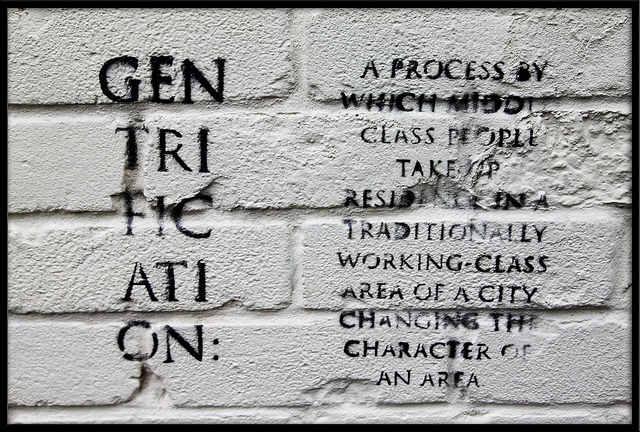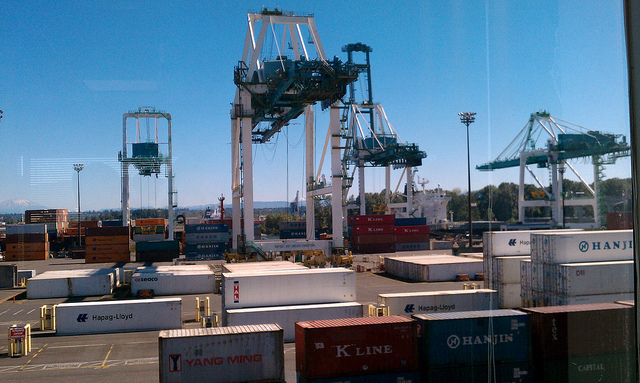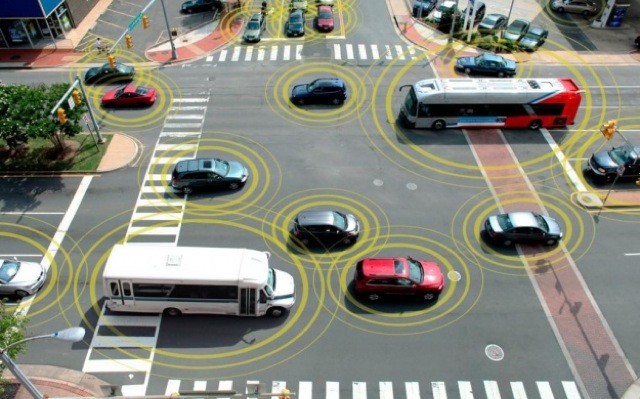Gentrification is in the news. Protesters against Google buses in San Francisco who object to the fact that mobility allows high-paid Silicon Valley workers to gentrify San Francisco neighborhoods have been joined by Seattle anti-gentrification protesters who object to Microsoft buses for the same reason. In Portland, Trader Joe’s has backed out of plans to build a store on Martin Luther King, Jr. Boulevard because protesters believed the store would contribute to the area’s gentrification.

Photo by Owen G. Richard.
Meanwhile, New York magazine argues that gentrification can actually be good if it is the “more natural, humane kind” rather than the “fast-moving, invasive variety.” Similarly, NPR points to studies claiming that gentrification can actually be good for long-term residents.










